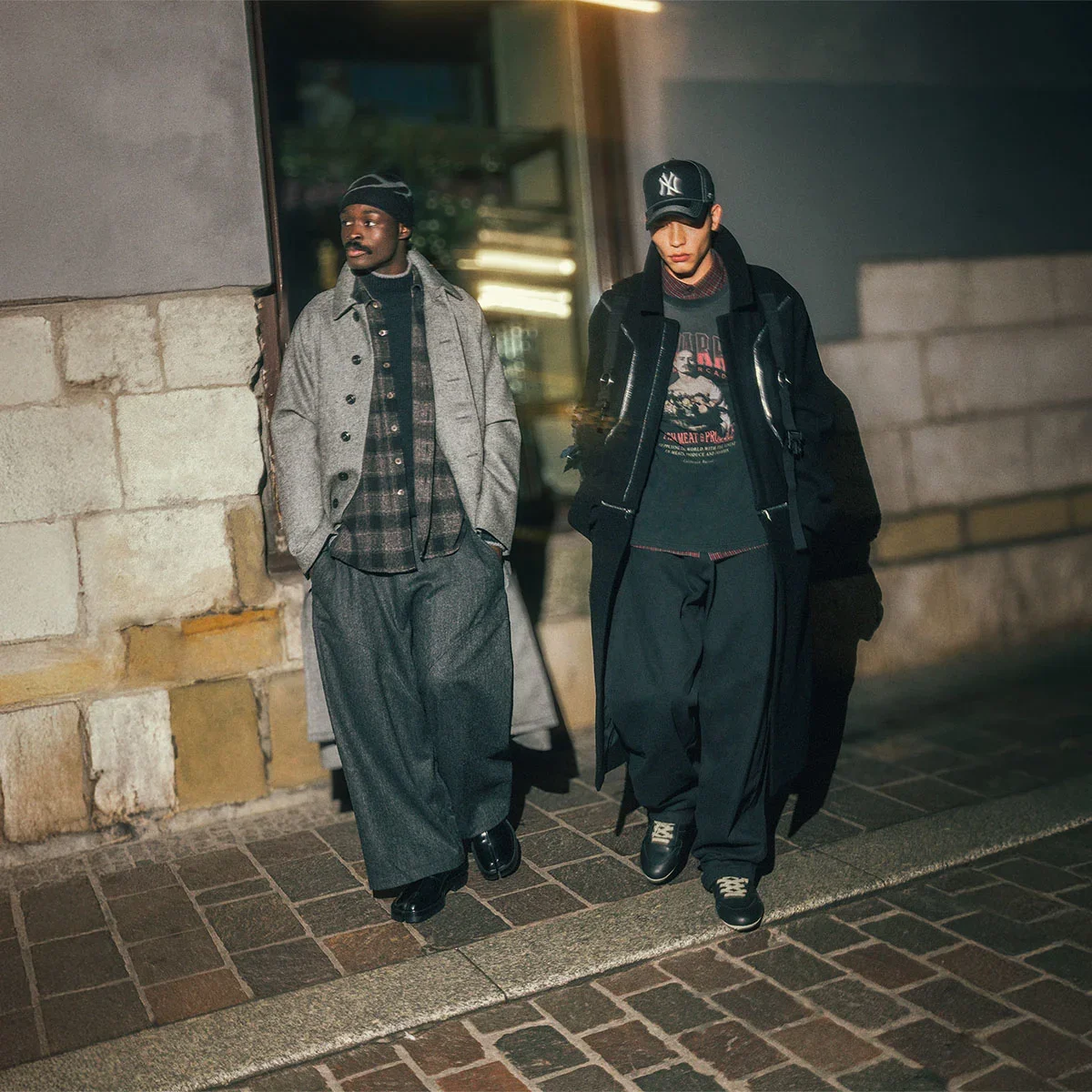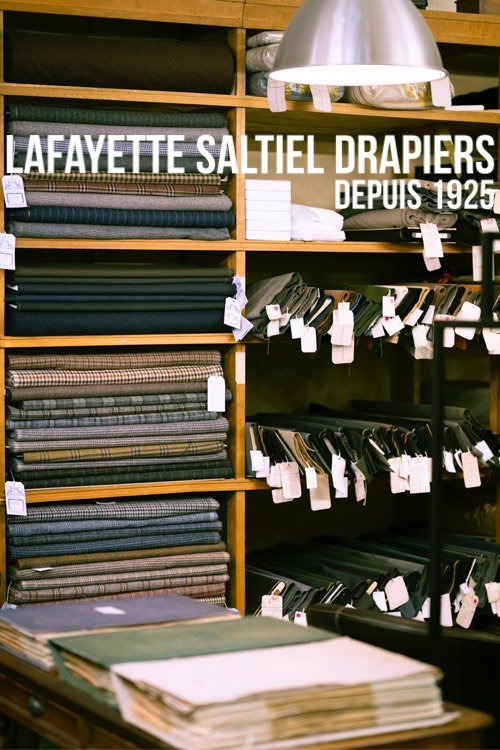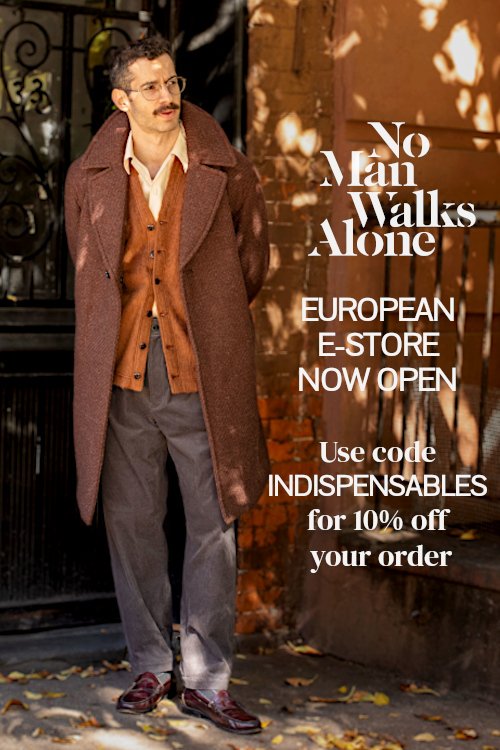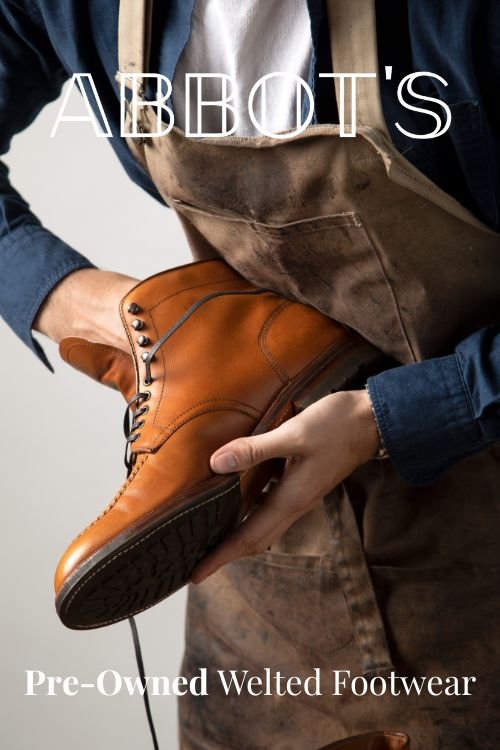Qu'est que un Shaker sweater ? Ou en français un “pull de style Shaker” ?
/Après le pull norvégien Birdseye de chez LL Bean, voici un autre classique américain très peu connu en France (tout du moins sous ce nom), le Shaker Sweater.
Origines et Philosophie des Shakers
Les Shakers, fondés en 1774 par Ann Lee, étaient une communauté chrétienne radicale aux États-Unis, connue pour sa quête de pureté, de simplicité et d'égalité. Leurs principes incluaient la séparation du monde matériel, la vie communautaire, l'égalité des sexes et l'absence de reproduction biologique, privilégiant l'adoption. Cette philosophie se traduisait par une esthétique minimaliste et fonctionnelle, où chaque objet devait être à la fois utile, nécessaire et beau.
LE Tricot Shaker
Le tricot était essentiel à la vie quotidienne des Shakers. Ils produisaient à la main des articles tels que des chaussettes, des gants, des mitaines, des châles, des coussins et des tapis, destinés à la fois à l'usage interne et à la vente.
Une exposition récente (2023) a exploré l’évolution du tricot Shaker, de l’artisanat du XIXe siècle à une pratique commerciale rentable, et son impact sur la mode et le sportswear américain.
Elle était intitulée « The Commercialization of Shaker Knits », et fût organisée par Emily Adams Bode Aujla (la fondatrice de la marque Bode).
Le point tournant de l’histoire du Shaker Ssweater a probablement été en 1886, lorsque les sœurs de la communauté de Canterbury ont reçu une commande de 60 douzaines de pièces tricotées. Cette commande a notamment conduit à l’acquisition d’une machine à tricoter - une machine similaire était exposée lors de cette exposition, à voir dans cet article de Wallpaper.
Un article du journal Friends' Quarterly Spring/Summer de 1991, résume bien son histoire :
Will the real Shaker sweater please stand up?
We have all seen catalogue ads for Shaker Sweaters — which seem to be cotton, rib knit, crew neck pullovers. But where do these sweaters come from? The Shakers first started producing sweaters for sale in response to the needs of the “World’s” people. According to a document in the Canterbury archives entitled “About the Shaker Sweater” “A man who had been to England upon his return to America, brought a sweater to us, and asked if we could make one like it. We had no machine for that purpose but in April 1886 Mr. S.W. Kent came with a big order for the sweaters, if we could fill it.” Unfortunately, we do not know the pattern of the original design or whether it was made or hand knit. In order to take advantage of the potential market, the Canterbury Shakers ordered a single web knitting machine from Jonas Aiken which was delivered in October of 1886. “According to our records, we commenced to knit on the machine at once and before December 25, had shipped an order of 60 dozen sweaters to New York. This was the beginning of a very profitable trade.”What is a Shaker sweater?
Textile and knitting dictionaries define it as a “heavy weight rib knit fabric developed by members of the Shaker sect.” Today, several mail order catalogues (among them LL Bean, J. Crew, Land’s End, and Eddie Bauer) and department stores (JC Penney) manufacture and market their “classic” Shaker sweaters. They all claim to knit in the authentic way, using the Shaker created half-cardigan stitch (a modified form of machine ribbing which thickens the fabric). Furthermore, all of these modern reproductions are crew neck cotton cardigans with raglan sleeves.In reality, the original Shaker sweater was very different in style, material and construction. Although we don’t know whether they invented any of these distinctive patterns or adapted them from the World, they produced two basic types: coat or jacket sweaters, which buttoned in front and pull-over sweaters, all with a variety of collars. They came in eleven sizes 30 through 50 and were made in extra heavy (01), heavy (1), medium (2) and light weight (3) wool yarns which were obtained from S.B. and W.B. Fleisher of Philadelphia. The company produced a two-ply yarn from pure Australian wool exclusively for the Canterbury Shakers. The sweaters were available in a variety of colors, including white, blue, gray, black, and garnet.
Shaker production was prolific and surviving diaries record that during 1910, 1,489 sweaters were made. The sweater industry continued to grow until 1923 when the commercial end of the trade closed. The reason for this may have been the unavailability of quality yarn and the difficulty in obtaining a new knitting machine. This shortage of raw materials and equipment certainly contributed to the decline of this most successful Canterbury industry.
Le Shaker Sweater ne se limite donc pas historiquement aux pulls manches raglan avec un point de tricot dit Shaker stitch, ou Shaker Rib stitch. Comme expliqué dans la citation ci-dessus, les pulls Shaker comptaient originellement deux modèles principaux : des cardigans boutonnés sur le devant, et des pulls, chacun déclinés dans une variété de cols.
Des cardigans Sportswear comme celui ci-dessous des années 50 fait donc également partie de ce qu’on appelle les Shaker Sweaters.
Pour en revenir au Shaker stitch, il s’agit d’un point de tricot qui est également connue sous le nom de half fisherman's rib. Il est notre sens équivalent à la côte perlée dont l’on a déjà parlé ici.
Aussi, aujourd’hui lorsqu’une marque fait référence au Shaker Sweater cela concerne essentiellement les pulls cols ronds à manches raglan en côte perlée.
Vous pouvez voir ci-dessous quelques exemples, de Noah à Aimé Leon Dore, en passant par Whyte New York, American Trench ou GAP.
Certaines marques plus créatives comme Bode proposent d’autres variantes telles que ce cardigan inspiré d’un modèle vintage des 70 appartement à la créatrice.
Pour celles et ceux qui souhaitent approfondir l’histoire du Shaker Sweater et mieux comprendre son contexte textile et culturel, le livre Knitting America: A Glorious Heritage from Warm Socks to High Art constitue une excellente ressource. L’ouvrage retrace avec précision l’évolution du tricot aux États-Unis, en mettant en lumière des épisodes marquants comme la production de pulls chez les Shakers.

























